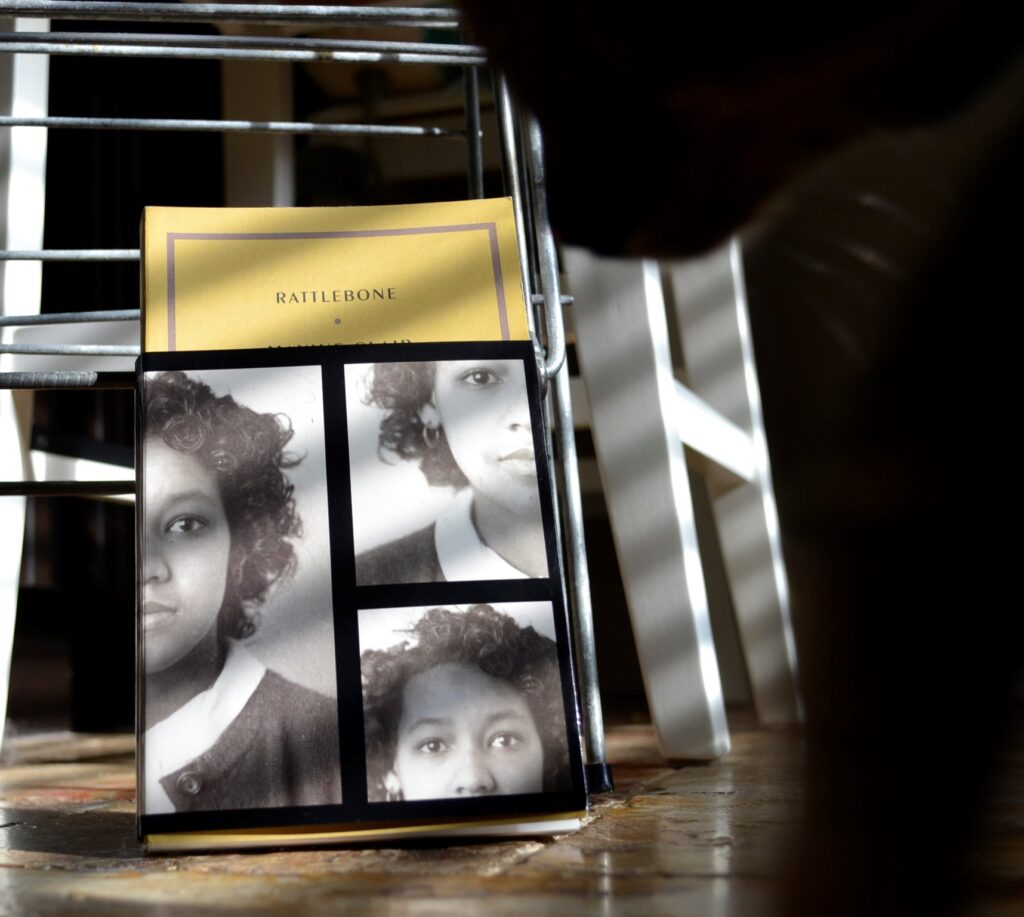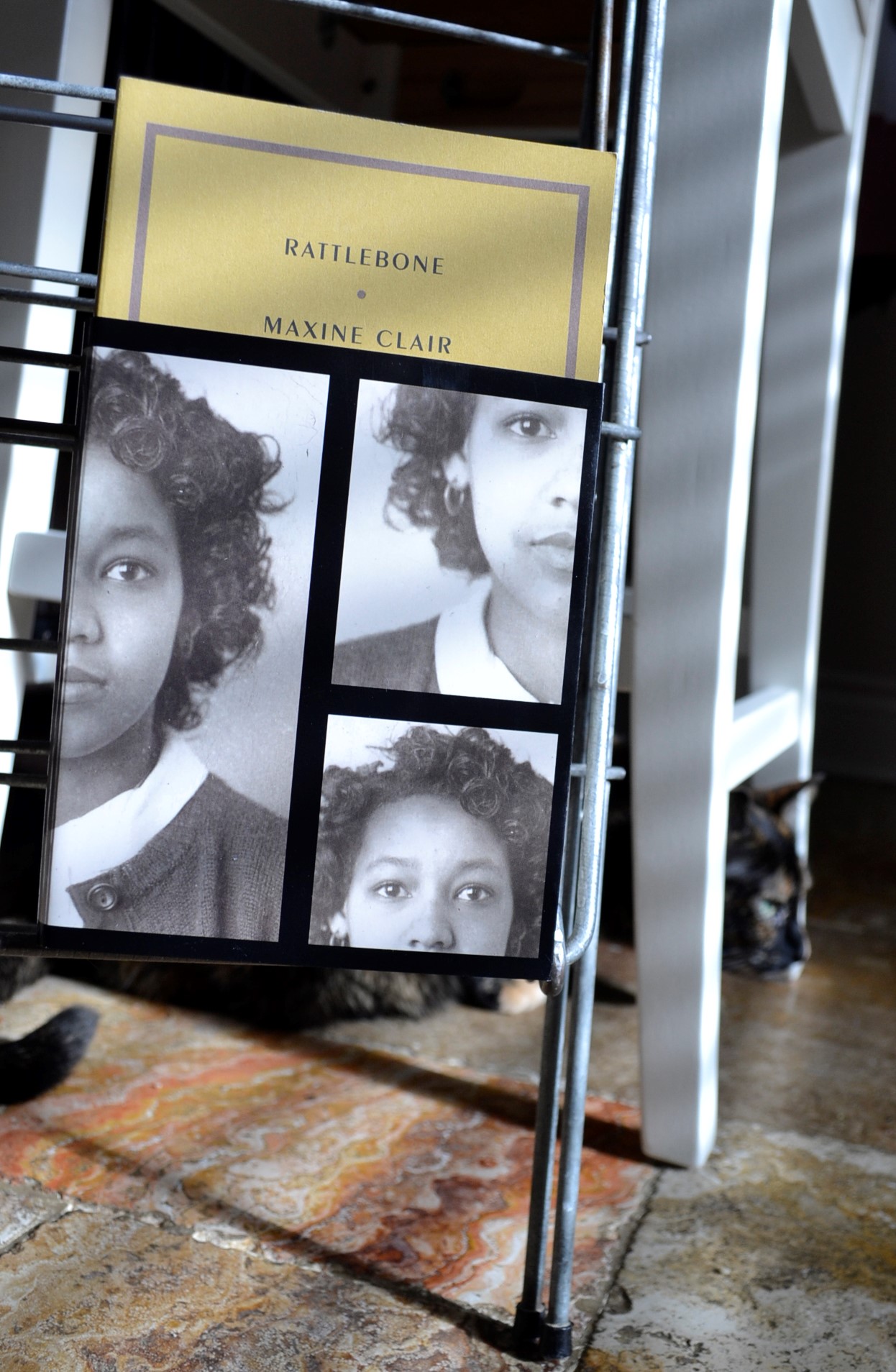Ice on the Fields
We’ve been trying to get in three short hikes a week and, when we were driving out to the trail yesterday, the fields were sparkling under layer upon layer of ice. When we get a freezing rain warning, I am so glad that we work from home. Further east, freezing rain meant a slippery road for a day, but here it’s a completely different experience.
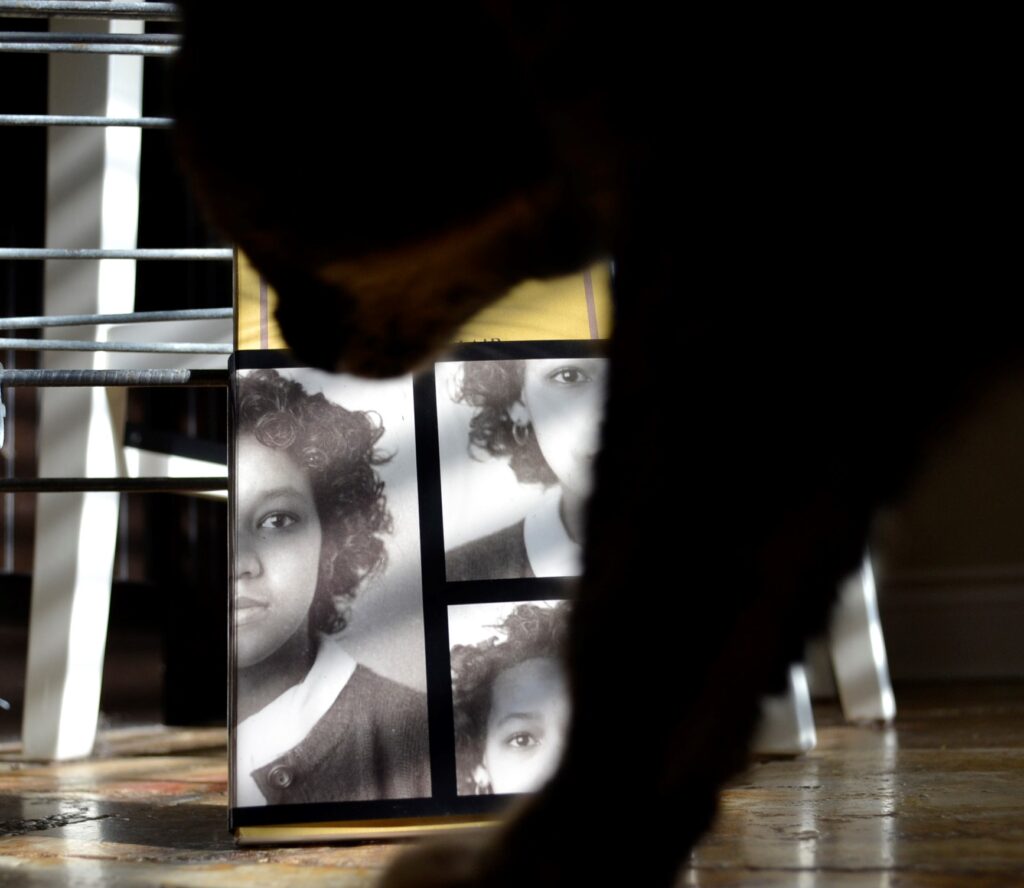
Not only did we get a night of slippery roads, but the next morning when we were trying to take Bubastis to the vet for her shots, we had to chip ice off of the car. My lovely spouse was using all of her strength and even then she only managed to accomplish the bare minimum — meaning that the car was drivable but we couldn’t open the back doors at all and the door handles required some convincing to operate.
We were a bit late getting to the vet, but everyone was late getting everywhere that day. At least we got some sunshine that started to melt the most onerous of the ice.
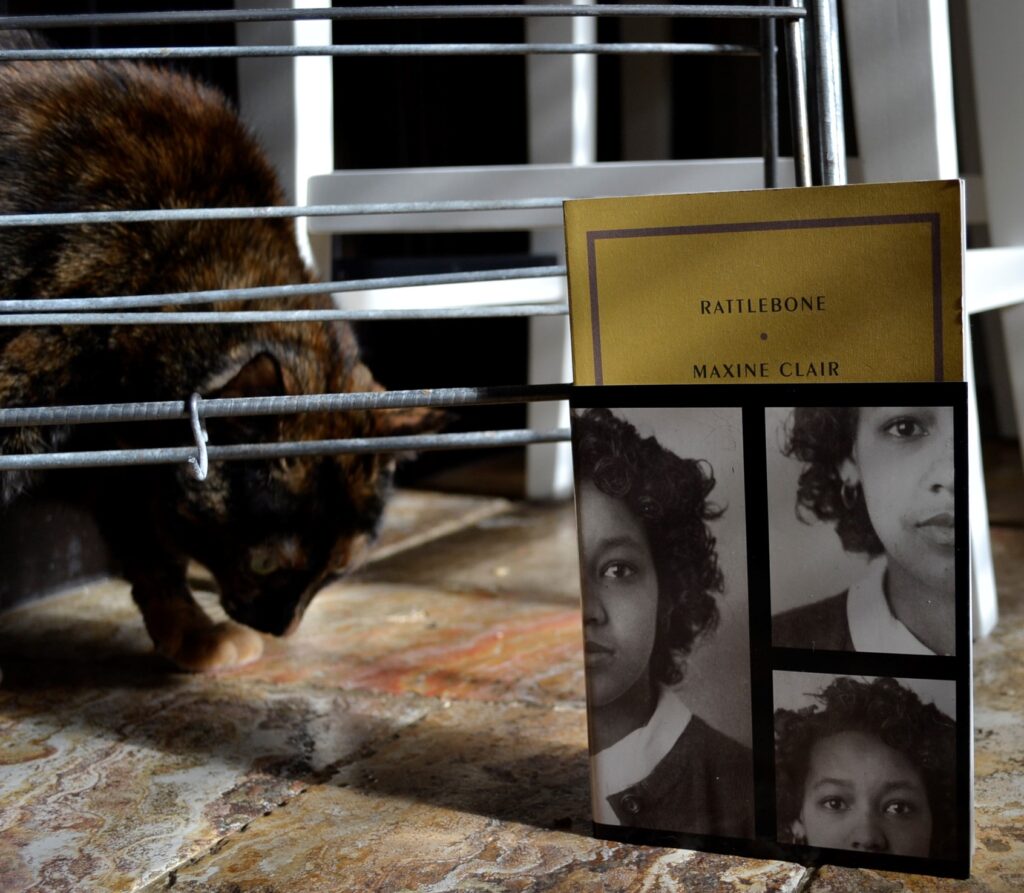
Character-Driven Narrative
Maxine Clair’s forgotten classic Rattlebone follows Irene Wilson, a young Black girl growing up in a Black neighbourhood in Kansas City during the 1950s. It’s not often I come across a narrative that is very distinctly and unmistakably character-driven, but this one definitely is. Wilson’s perspective is omnipresent, the lens through which the reader is transported to this setting that Clair verdantly renders in a way that lingers underneath and beyond the prose.
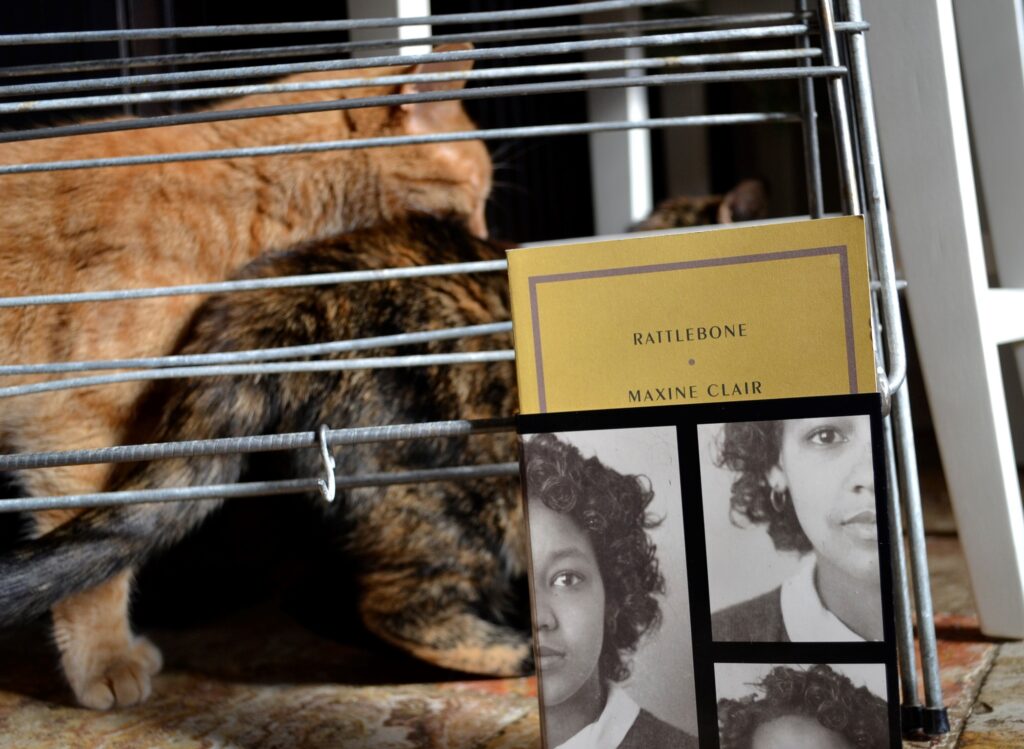
There are parts of the novel from other characters’ perspective but they pale in comparison to Wilson’s introspection and incisive observation. Sometimes I would even go so far to say that other perspectives and focusses outside of Wilson even hinder the narrative at times. Specifically, Clair’s preoccupation with October Brown doesn’t seem to fit in Rattlebone, and I was unsurprised that her other novel is centred around her. I largely found Brown unsympathetic and I found her heightened presence in this narrative annoyingly distracting.
Such is the doubled-edged sword of a single-character-driven structure. It doesn’t allow for forays into the inner realms of other character’s perspectives. Clair’s writing nonetheless is masterfully sharp and compelling, even if the structure could be tighter. And her grasp on setting is remarkable. When it comes to technique this novel is a great read, hands down, in spite of a few shortcomings.
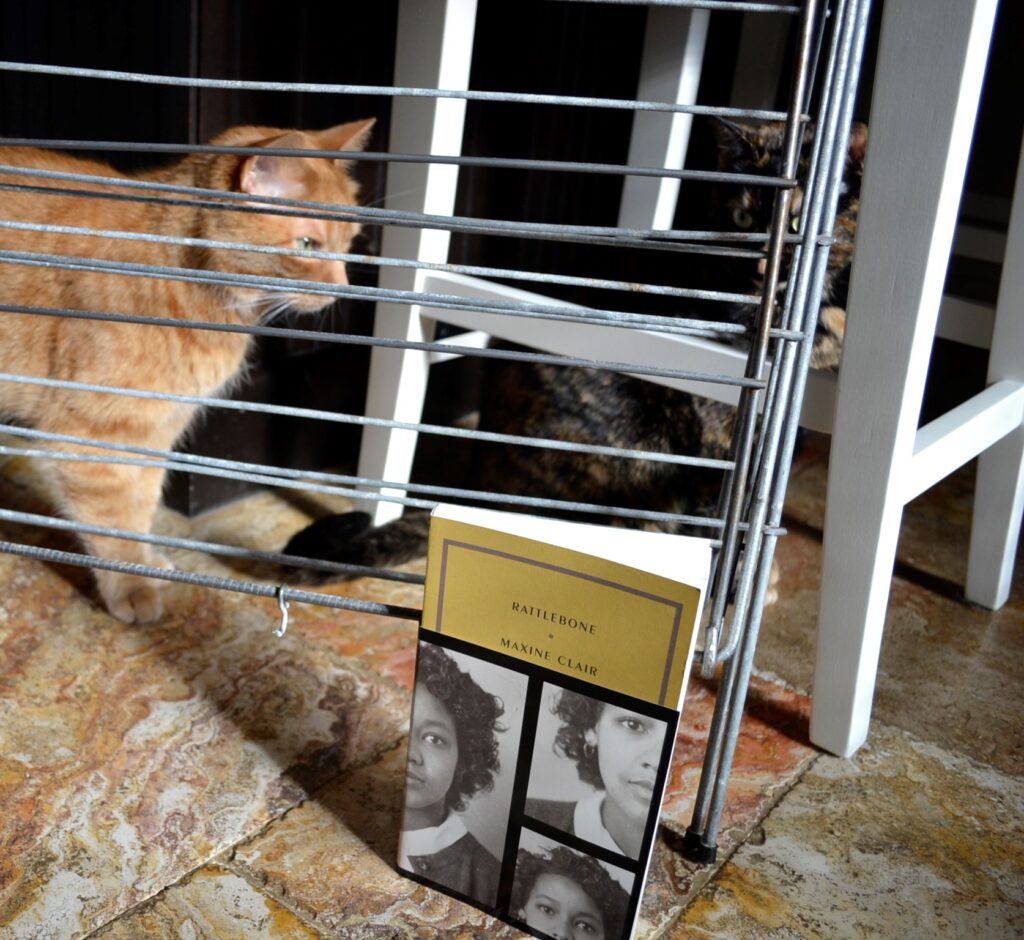
The Shadow of Segregation
Rattlebone stands out as a novel that deals with segregation in way that reveals the insidiousness of its effects and the many different kinds of destruction it wrought. Racism is not the central focus of the narrative, but the reader sees how it is continually present in Wilson’s daily life. It blocks her academic opportunities. It creates an insular world where she is constantly reminded of her alleged inferiority. The novel points out that growing up Black and female brings requires a dance of dealing with obstacle after obstacle, danger after danger, heartbreak after heartbreak. Systemic racism is a cruel and horrible nightmare that no one can escape.
It’s a poignant way to tackle a larger tragedy — focussing on a hundred daily tragedies to paint a larger picture.
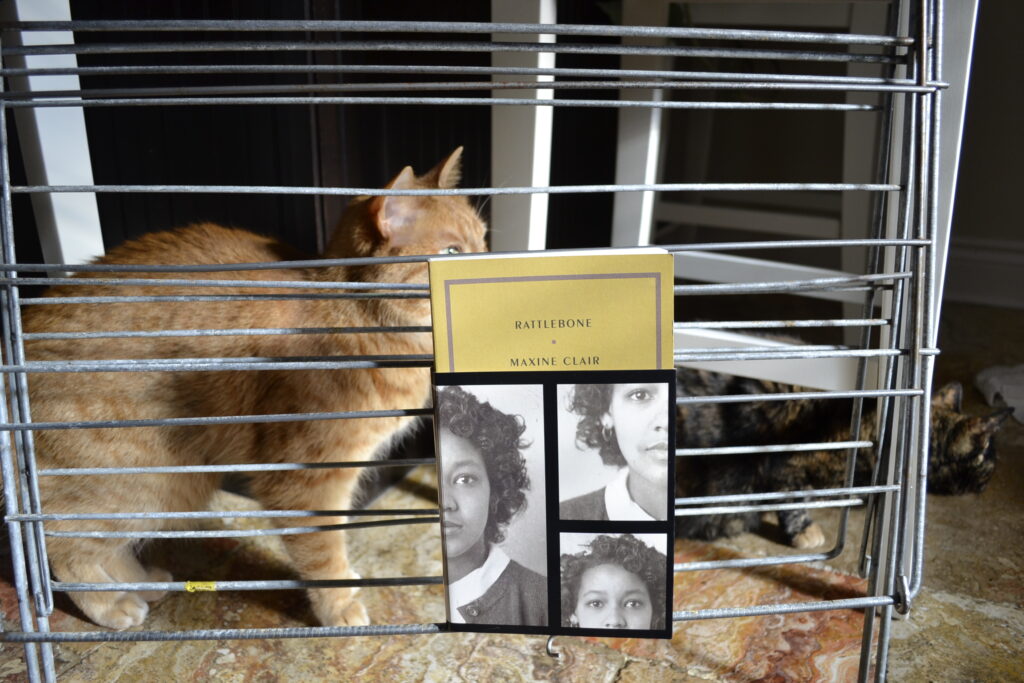
The End is the Beginning
The novel ends at the beginning of Wilson’s adult life, that being her high school graduation. The reader is left to wonder how well Wilson will fair in the adult world and how her college education will begin. There is a sense that Wilson is leaving some of her disappointments behind her, at least.
Wilson’s disappointments mostly centre around her parents. Lately, the relationship between children and parents has been thrown into the literary spotlight with writers like Gwendoline Riley and Avni Doshi. Clair, back in 1994, is exploring this same moment in the process of growing up — that being the moment in which the child sees their parents as flawed (or deeply flawed) human beings and the slow striping away of the familial roles of ‘protected’ and ‘protectors’.
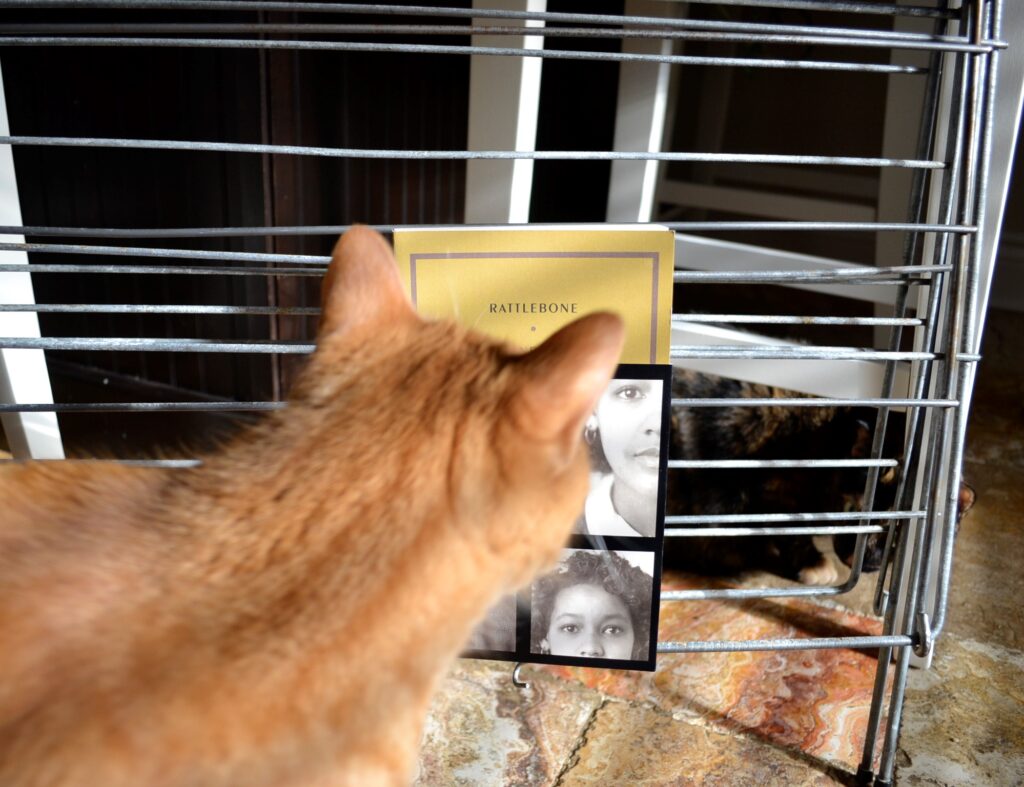
Wilson begins to see her parents and their marriage for what they are. Her parents are selfish people who don’t respect each other or their union. They put their needs above their children’s. They do not often know what’s best for the kids or even know their kids at all. Wilson often feels like she has to protect her parents instead of the other way around. At the end of the novel, she finally realizes that she cannot fix them, she cannot save them, and their dysfunction is ultimately not her problem. She has learned to let go, to move on, and to love her own life ungoverned by them.
Clair examines with a laser focus the instant where Wilson learns to stop seeing her parents as role models and starts seeing that she doesn’t want to be anything like them.
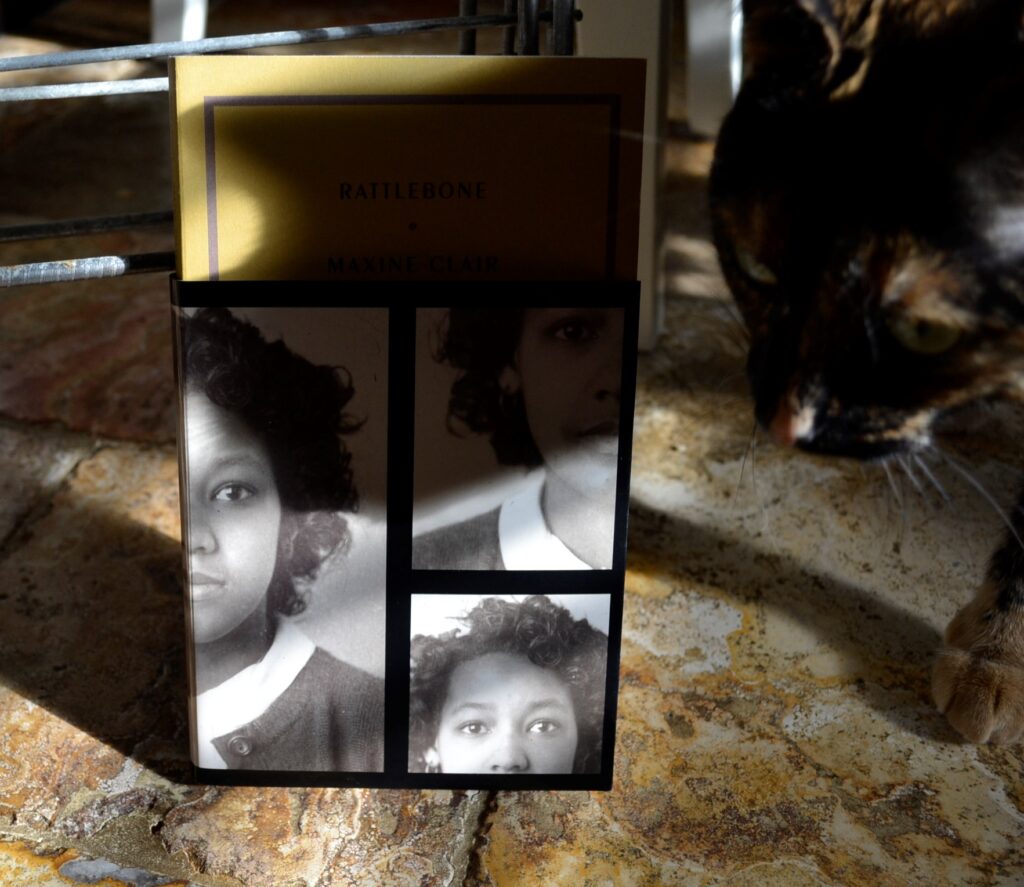
February Ends and March Begins
This marks the last post of February and, as we move into March and Women’s History Month, I’ll be reviewing works by female authors.
I’m hoping that March brings us a bit less ice, but the weather has been so unpredictable already that Canadian spring this year promises a few surprises.
